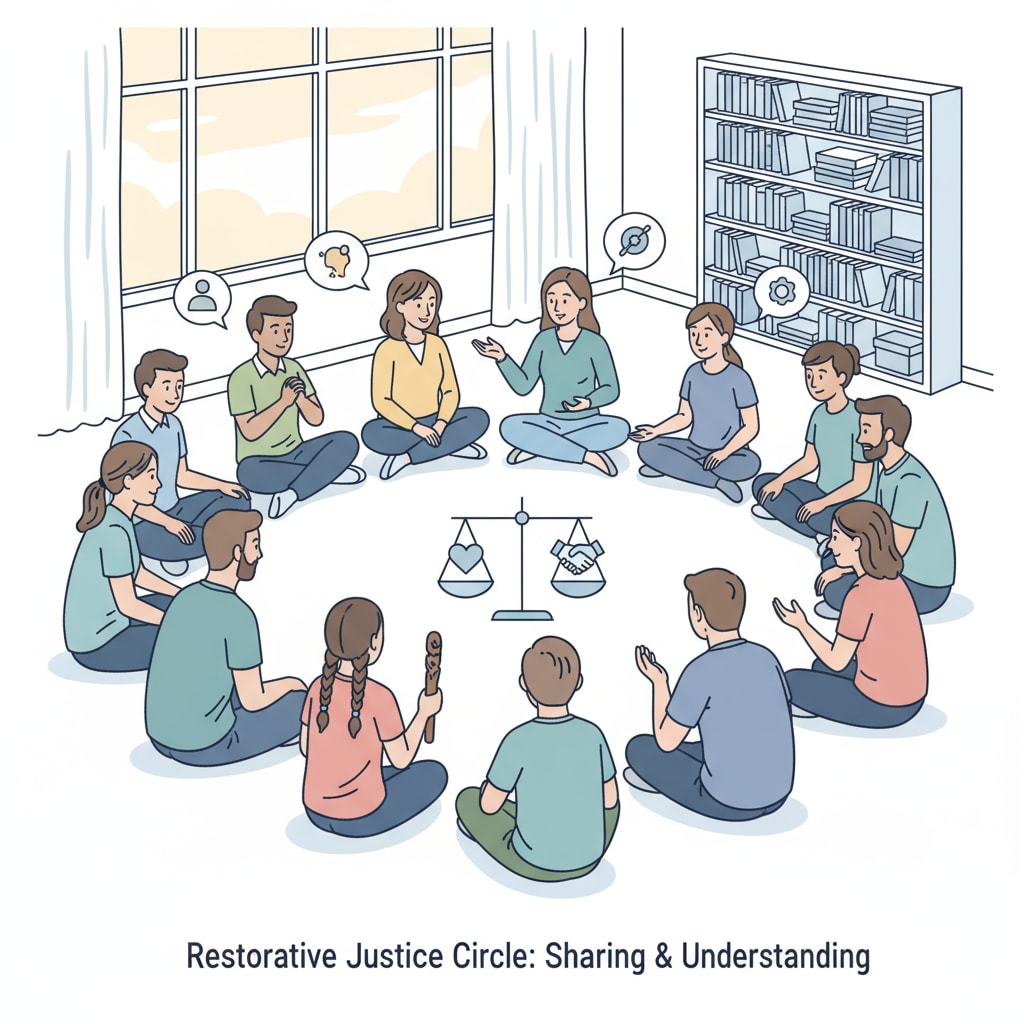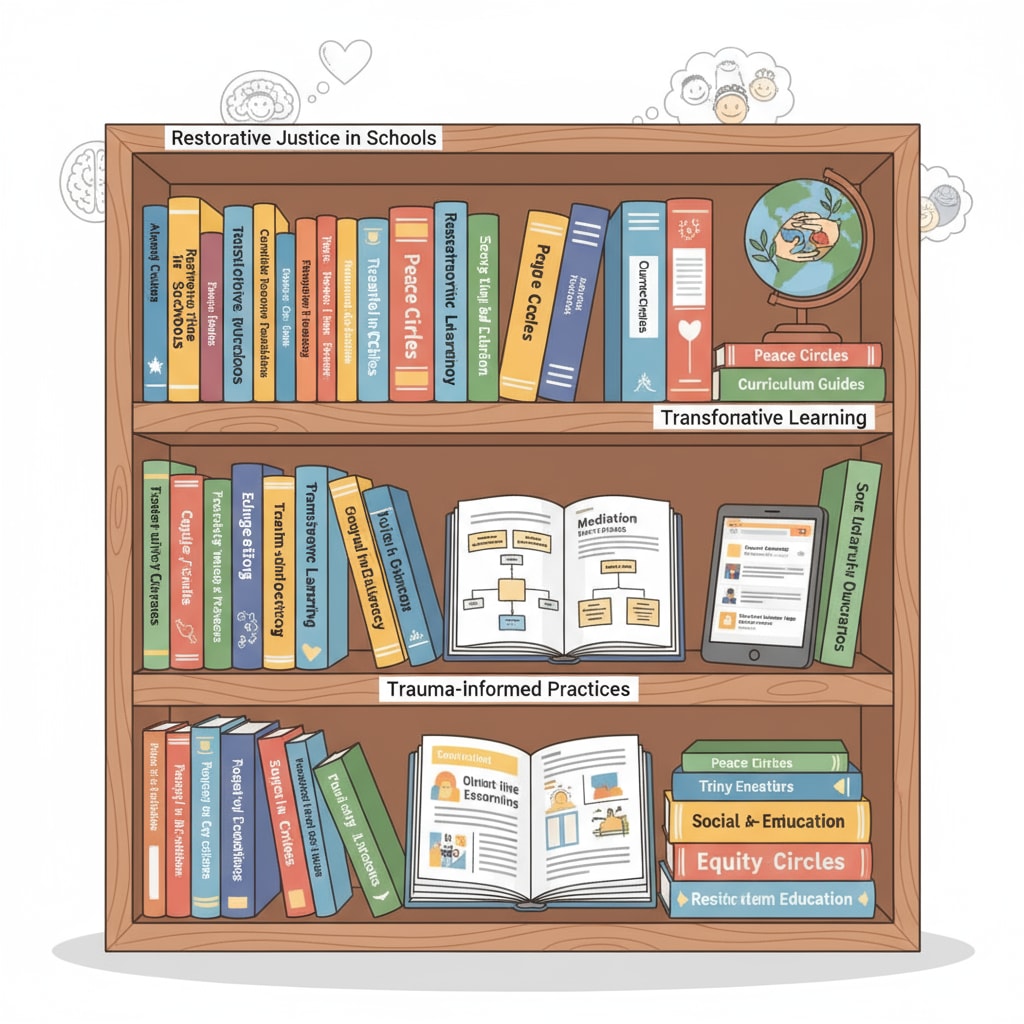In the realm of K12 education, restorative justice, education resources, and school management are intertwined elements that can significantly impact the learning environment. Restorative justice, an approach focused on repairing harm and restoring relationships (as opposed to traditional punitive measures), has shown great potential in schools. Educators are increasingly seeking ways to incorporate this practice, along with leveraging relevant education resources to enhance school management.

The Concept of Restorative Justice in Education
Restorative justice in education is about creating a safe and inclusive environment where students can learn from their mistakes and build stronger relationships. It involves bringing together the parties involved in a conflict – the victim, the offender, and sometimes the community – to discuss the impact of the incident and find ways to make amends. For example, instead of suspending a student who has bullied another, a restorative justice approach might involve a mediation session where the two students talk about how the bullying made the victim feel and what steps can be taken to prevent it in the future. This not only addresses the immediate issue but also helps in developing empathy and problem – solving skills among students. Restorative Justice in Education on Wikipedia
Essential Education Resources for Restorative Justice
There are several resources that educators can turn to when implementing restorative justice. Firstly, professional development workshops are crucial. These workshops provide training on how to facilitate restorative justice processes, such as circle meetings and mediations. Additionally, there are numerous books and online resources available. Books like “Restorative Justice in Schools: How to Build a Culture of Healing and Respect” offer in – depth insights into the theory and practice of restorative justice. Online platforms also provide lesson plans, case studies, and best practices. For instance, some websites offer ready – made activities that can be used in the classroom to introduce restorative justice concepts to students.

Another important resource is the school community itself. Teachers can collaborate with parents, counselors, and other staff members to create a restorative justice – friendly environment. Parents can be involved in restorative processes, providing support and guidance to their children. Counselors can offer their expertise in dealing with emotional issues that may arise during these processes. By leveraging these community resources, educators can enhance the effectiveness of restorative justice in their schools. Restorative Justice on Britannica
Implementing Restorative Justice in School Management
Implementing restorative justice in school management requires a systematic approach. First, schools need to develop a clear policy on restorative justice. This policy should outline the goals, procedures, and expectations of restorative justice practices. For example, it should specify when restorative justice processes will be used instead of traditional disciplinary measures.
Secondly, educators need to be trained in restorative justice techniques. This training should include how to listen actively, how to facilitate difficult conversations, and how to ensure that all parties feel heard and respected. Once trained, teachers can start implementing restorative justice in the classroom. For example, they can use circle meetings at the beginning of each week to discuss any issues or concerns among students.
Finally, it’s important to monitor and evaluate the effectiveness of restorative justice practices. Schools can collect data on student behavior, such as the number of conflicts, the frequency of disciplinary actions, and student satisfaction. This data can help in determining whether the restorative justice approach is having a positive impact and where improvements can be made.
Readability guidance: As seen above, we have used short paragraphs and lists to summarize key points. Each H2 section has provided relevant information in an organized manner. The use of passive语态 has been minimized, and transition words like “firstly”, “secondly”, and “finally” have been used to make the flow of the article smooth. This approach helps educators understand the complex concepts of restorative justice, education resources, and school management more easily.


